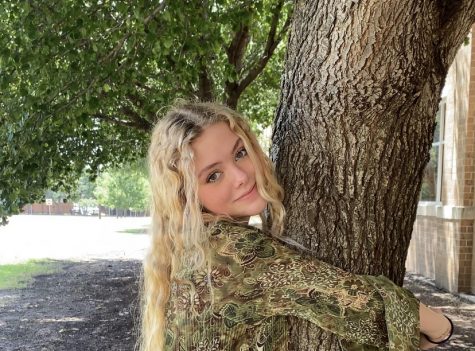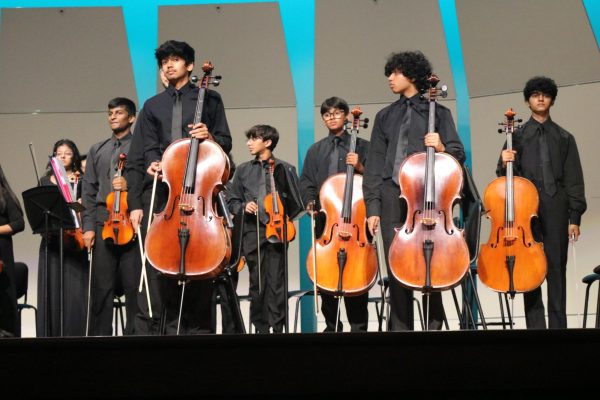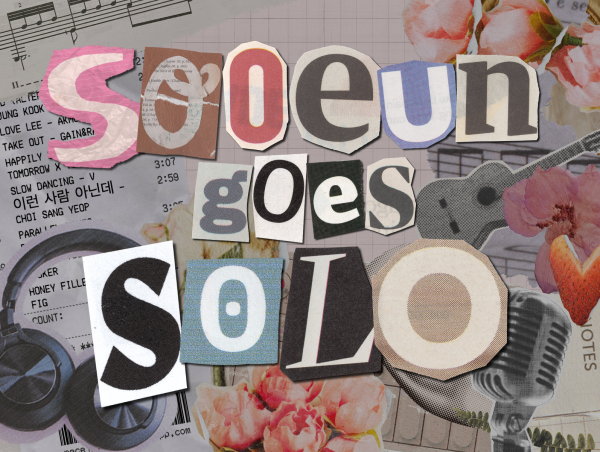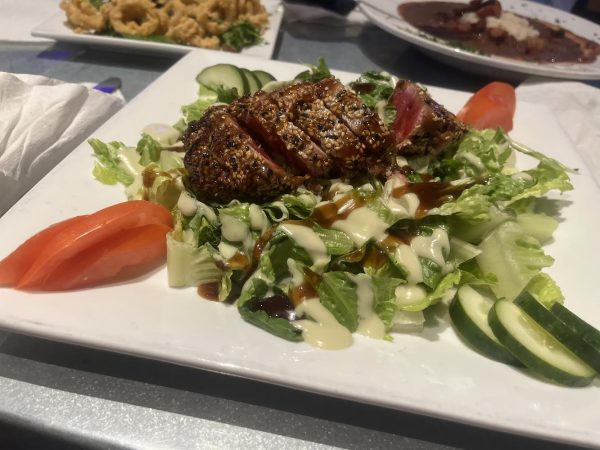Studio Art classes change the curriculum to promote creative thinking
AP Drawing students showcase their art through an on campus art gallery that will stay open until Friday during advisory in H102. AP drawing teacher Emily Delarios believes that this gallery project will help students to learn the importance of collaboration and communication.
August 31, 2022
The phrase ‘art is in the eye of the beholder’ still holds true, especially for high school art classes. For that reason, the art department has embraced a fresh approach to the grading system called Studio Habits of Mind, encouraging students to push their own boundaries and think outside the box.
“[It] came out of the Harvard School of Education. Their graduate school has something called Project Zero, essentially a think tank for addressing different issues with education,” art teacher Emily Delarios said. “It acts as different ways of thinking for students in the art making process, but could be applied to anything.”
Art classes don’t fit into the standard grading system that most courses follow, so this structure solves that issue.
“We don’t take tests, so that makes it more complicated. Essentially I have to assess a lot of rubrics where I’m looking at different aspects of a greater project,” Delarios said. “If you were to turn in a piece to me, I might be looking at how you used the elements and principles of art, what kinds of techniques were used, how creative it is, and all of this can fit into the Studio Habits of Mind framework.”
Not only has the system changed the way teachers assess, but it’s altered the students’ point of view on creating artwork simply for the purpose of receiving a score.
“My perspective on the class has changed a bit because I can specifically see what my teacher is looking for in my art and goals I need to hit for a specific project,” junior Eva Soto said. “I think it will help students truly understand what the basis for their grade is.”
The improved setup is meant to teach students how to approach different challenges and come up with unique solutions, potentially preparing for real world scenarios.
“It’s going to be more applicable to any field that the students want to go into,” Delarios said. “An initiative of the district is to have students be future ready, and even though I teach upper level art classes, not all my students are going to be professional artists. I wanted to use a framework that could help people be creative thinkers and problem solvers, no matter what field they go into.”













